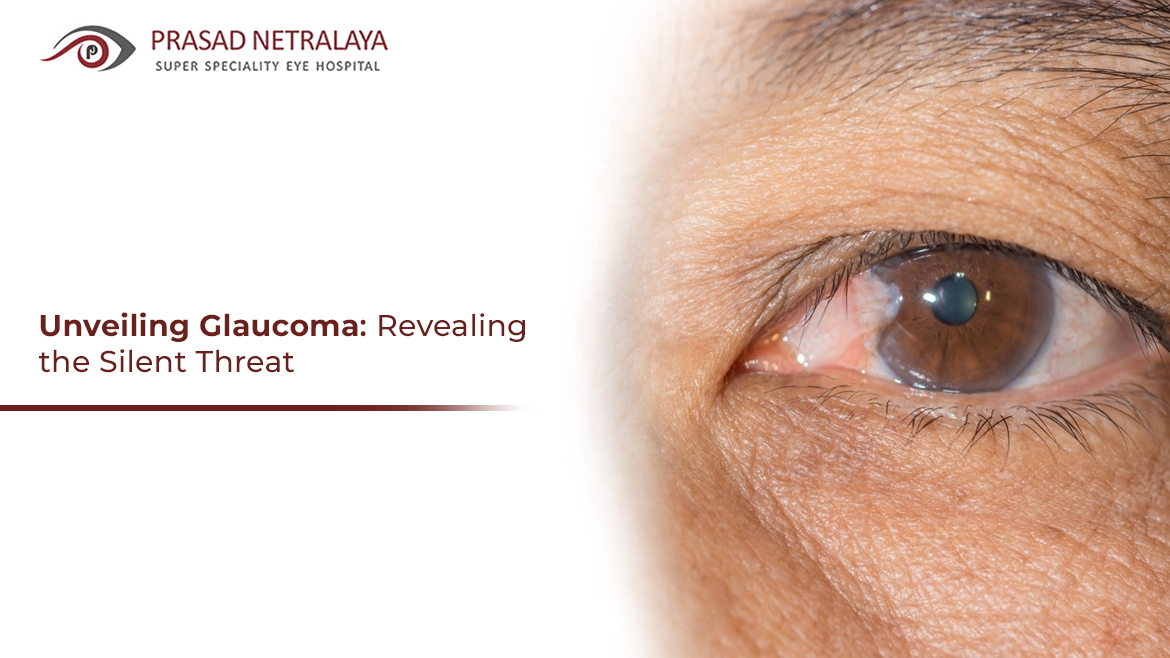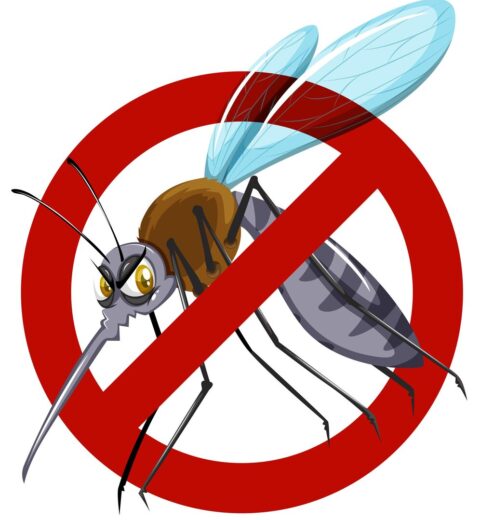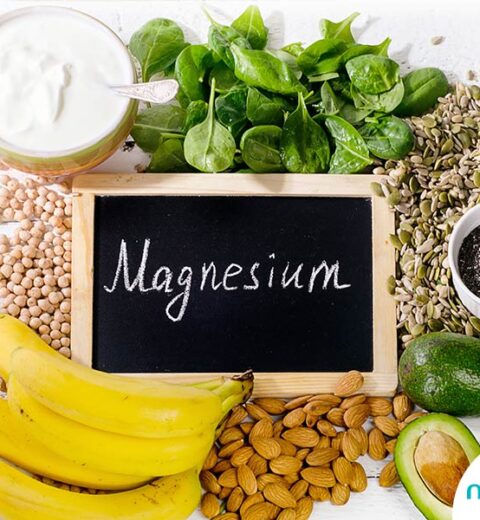What is Glaucoma?
Glaucoma is a complex condition influenced by genetic, environmental, and lifestyle factors. It is characterized as chronic, progressive eye disease causing damage to the optic nerve, often linked to increased intraocular pressure. It is a leading cause of irreversible blindness worldwide, affecting millions
Types of Glaucoma
- Open-Angle Glaucoma- Most common type, characterized by slow pressure increase.
- Angle-Closure Glaucoma- Sudden pressure increase due to blocked drainage.
- Secondary Glaucoma- Caused by other conditions like diabetes or inflammation.
- Normal-Tension Glaucoma-Damage occurs without high eye pressure
Risk Factors for Glaucoma
- Increased risk with age and in certain ethnic groups
- History of glaucoma among close family member, especially for open-angle glaucoma
- Steroid Use can increase intraocular pressure
- Eye Injuries and Diseases such as uveitis or diabetes.
Nutritional Considerations in Glaucoma
- Fruits and Vegetables that has high in antioxidants like lutein and zeaxanthin, which may reduce glaucoma risk.
- Leafy Greens rich in antioxidant associated with lower glaucoma risk.
- Nuts and Seeds that rich in vitamin E, beneficial for eye health.
Foods to Avoid
- High carbohydrate diets may increase glaucoma risk.
- Metabolic Syndrome and Obesity linked to higher intraocular pressure.
Hormonal Aspects of Glaucoma
- Low estrogen and early menopause increases risk of glaucoma
- Corticosteroids can increase intraocular pressure, a risk factor for glaucoma
Treatment and Management
- Medical and Surgical Treatments
- Eye Drops and Medications as first-line treatments to reduce intraocular pressure.
- Laser and Surgical Interventions used when medications are insufficient.
- Lifestyle Interventions
- Regular eye exams for early detection and management.
- Healthy diet and exercise promote overall eye health and reduce risk factors.



